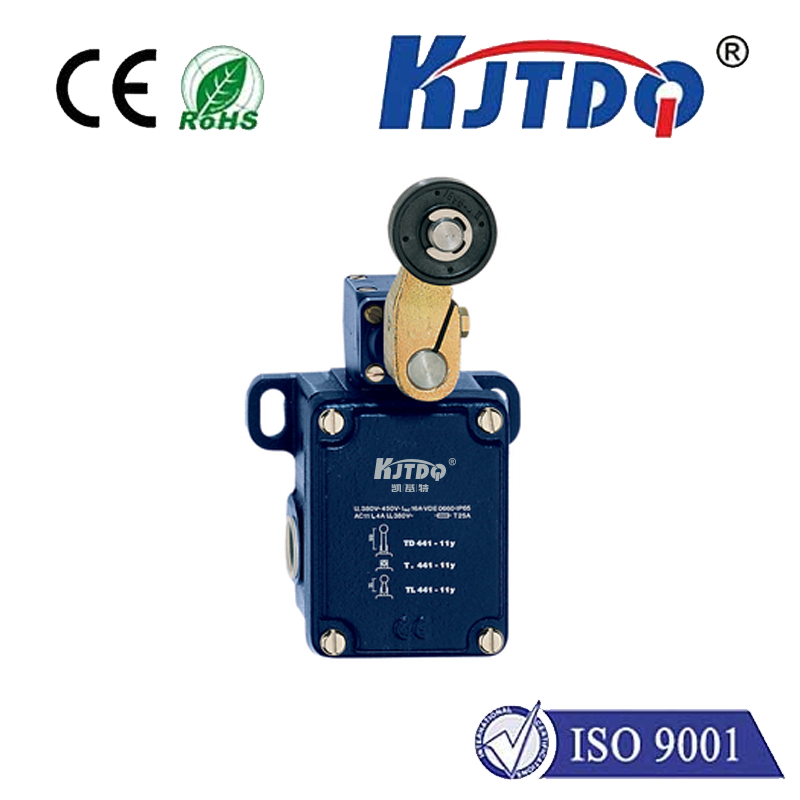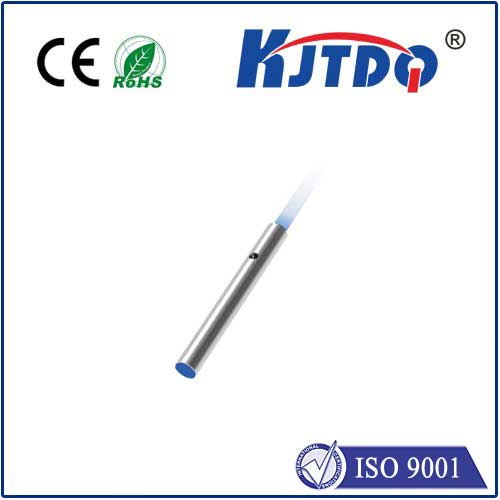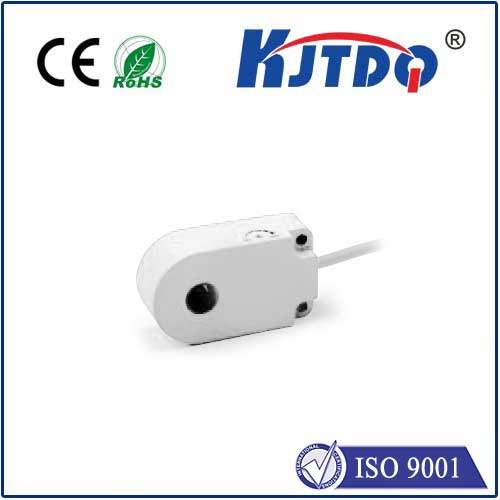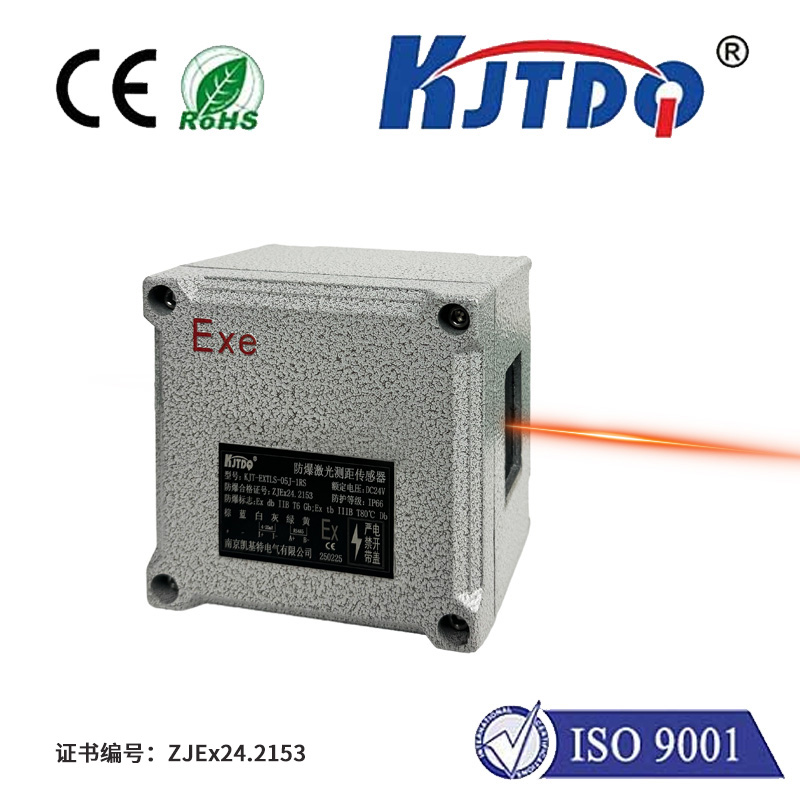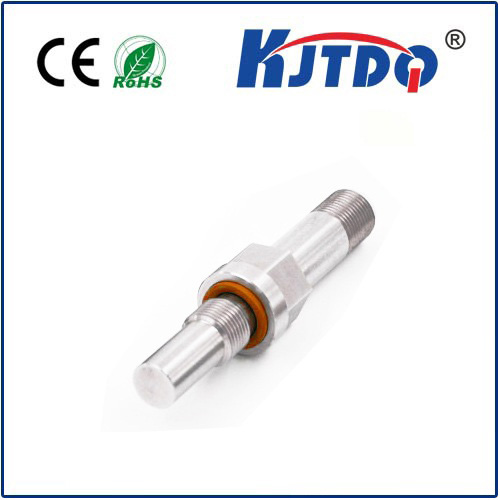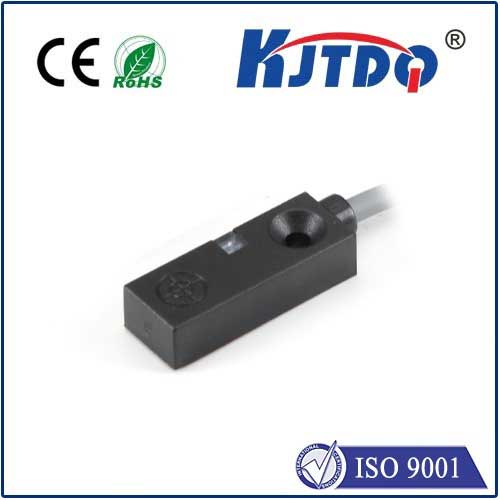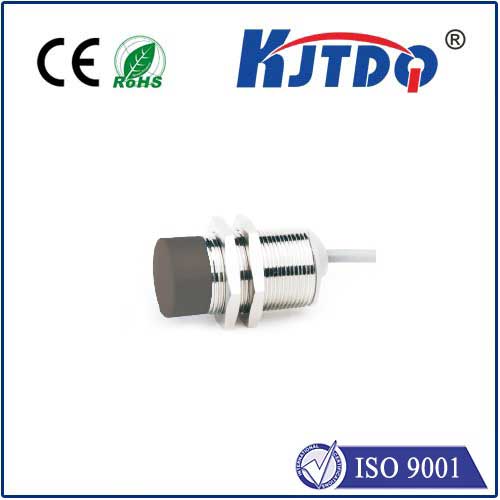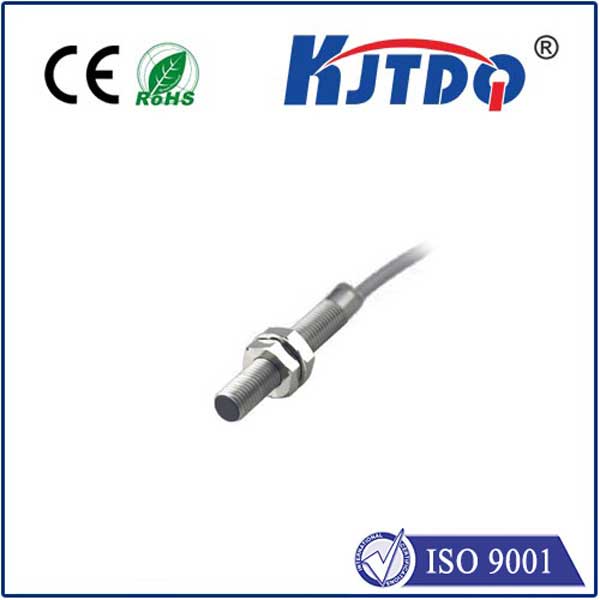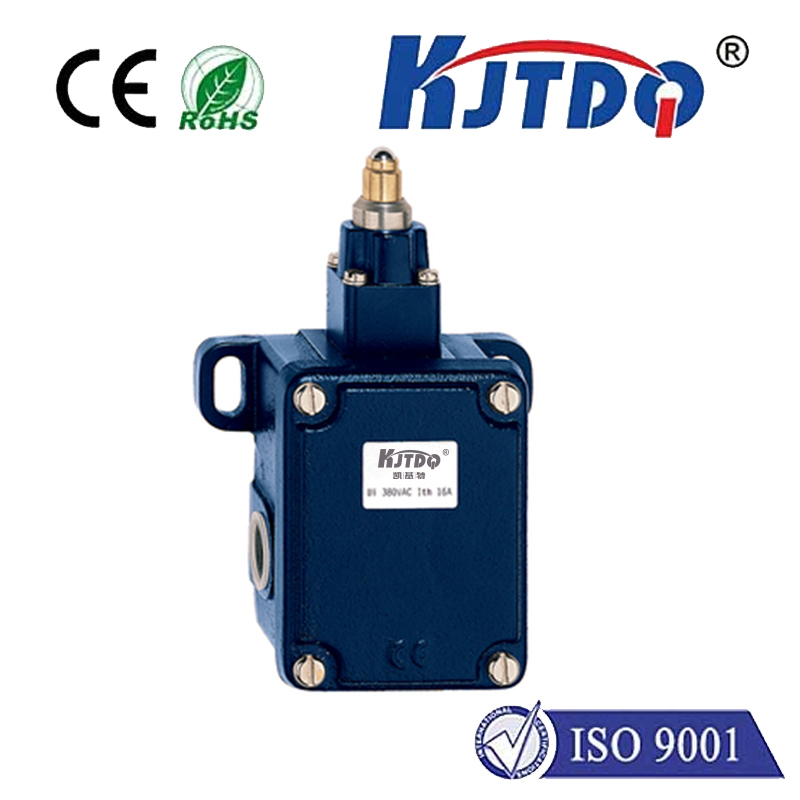лазерный датчик разрушения луча
- time:2025-09-08 14:57:02
- Нажмите:0
Precision Detection: The Essential Guide to Laser Break Beam Sensors
From securing our doors to ensuring production lines run flawlessly and robots navigate safely, detecting the presence, absence, or interruption of objects is a fundamental need across countless applications. One technology consistently delivers exceptional precision and reliability for this critical task: the лазерный датчик разрушения луча. This guide demystifies how these sensors work, explores their diverse uses, and highlights why they often outperform alternatives.
How Does a Laser Break Beam Sensor Actually Work?
At its core, a laser break beam sensor functions like an invisible tripwire. It consists of two distinct components, physically separated:
- The Emitter: This unit houses a laser diode generating a tightly focused beam of infrared light (invisible to the human eye) or, less commonly, visible red light. Think of it as the light projector.
- The Receiver: Positioned directly opposite the emitter, this unit’s sole purpose is to detect the incoming beam. It contains a highly sensitive photodetector (like a photodiode or phototransistor).
The magic happens when an object passes between these two units. As soon as this object obstructs the infrared light beam, the receiver immediately detects the loss of light. This interruption triggers an electrical signal change within the receiver’s output circuit.
- Normally Closed (NC): Output is ON when the beam is unbroken, switching OFF when broken.
- Normally Open (NO): Output is OFF when the beam is unbroken, switching ON when broken.
This simple digital on/off signal – beam present or beam broken – provides a clear, unambiguous detection event. The fundamental principle of beam interruption makes it incredibly intuitive and effective.

The Key Components Driving Reliability
Understanding the elements within a typical laser break beam sensor reveals why they offer superior performance:
- Laser Diode: Provides a highly collimated (parallel), intense beam. This narrow focus allows for precise detection over longer distances compared to standard LEDs used in some photoelectric sensors. The laser beam’s intensity and coherence enable reliable operation even in challenging lighting conditions.
- Precision Optics: Lenses within both emitter and receiver shape and focus the beam, maximizing its reach and ensuring accurate alignment onto the receiver’s detector. This focus minimizes scatter and increases the effective sensing range significantly.
- High-Sensitivity Photodetector: The receiver’s core component must react quickly and reliably to minute changes in light intensity caused by the beam interruption. Modern photodetectors offer excellent sensitivity to the specific wavelength emitted by the laser diode.
Where Laser Break Beam Sensors Shine: Key Applications
Their unique combination of precision, speed, and long range makes laser break beam sensors indispensable in numerous sectors:
- Security & Access Control: The classic application. Invisible infrared beams create detection grids over windows, doors, or across hallways. An interrupted beam instantly signals an intrusion attempt to an alarm system. They are also used in people counting at entrances and exits.
- Industrial Automation & Manufacturing:
- Part Presence Verification: Confirming components are correctly placed on assembly lines before a process step.
- Object Counting: Accurately tallying products on conveyor belts or packaging lines.
- Position Detection: Verifying the end position of slides, lifts, or robotic arms with pinpoint accuracy.
- Jam Detection: Sensing when material stops flowing in chutes or conveyors.
- Safety Light Curtains: Creating safety barriers around hazardous machinery (multiple emitters and receivers forming a virtual wall).
- Packaging Machinery: Ensuring labels, caps, or seals are present and correctly applied by detecting their passage or interruption point.
- Automotive: Used in automated assembly lines for precise positioning tasks and within vehicle systems for safety features (e.g., detecting obstructions in sunroofs or windows).
- Gaming & Toys: Detecting targets hit in shooting games, balls passing goals, or triggering events in interactive exhibits.
- Transportation: Monitoring vehicle presence at traffic lights, toll booths, or in logistics centers.
Why Choose a Laser Break Beam Sensor? Significant Advantages
While other sensing technologies exist (like diffuse reflection sensors or ultrasonic sensors), laser break beam sensors offer compelling benefits in many scenarios:
- Exceptional Long Range: Capable of reliable detection over distances significantly longer than standard photoelectric sensors – often reaching tens of meters.
- Pinpoint Accuracy: The narrow, focused laser beam allows for detecting very small objects or making measurements with high resolution. The sensing point is exactly where the beam is broken.
- High Speed: Response times are extremely fast, making them ideal for detecting rapidly moving objects or triggering high-speed processes. They react the instant the beam is interrupted.
- High Contrast Sensitivity: Primarily reacts to the presence or absence of the beam, making them largely immune to changes in the target object’s color, surface texture, or reflectivity. This is a major advantage over diffuse sensors.
- Reliability: Fewer false triggers compared to sensors affected by ambient light fluctuations or complex backgrounds. Proper alignment creates a stable detection zone.
- Minimal Power Consumption: Laser diodes efficiently generate intense light beams.
Important Considerations for Optimal Use
To maximize performance:
- Precise Alignment: Critical! The emitter and receiver must be accurately aimed at each other. Misalignment causes unreliable operation. Many sensors offer built-in alignment indicators (LEDs).
- Cleanliness: Dust, dirt, or condensation on the optical lenses can scatter or block the beam, causing false triggers or missed detections. Regular cleaning is essential.
- Mounting Stability: Vibration or movement can knock sensors out of alignment. Use sturdy mounts.
- Environmental Factors: Extreme temperatures, strong electromagnetic fields, or direct intense sunlight (especially on the receiver) can potentially interfere. Choose sensors with appropriate environmental ratings (IP ratings for dust/water).
Conclusion: The Precision Solution for Clear-Cut Detection
When your application demands reliable, long-range, and exceptionally precise detection of object presence or interruption through a defined line of sight, laser break beam sensors present a formidable solution. Their straightforward beam interruption principle, combined with the power of a focused infrared light beam, delivers consistent and high-performance feedback crucial for security systems, intricate automation, safety mechanisms, and many other demanding tasks. Understanding their operation, strengths, and necessary setup considerations empowers you to leverage this fundamental sensing technology effectively for robust and accurate results.


